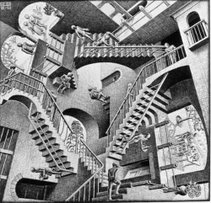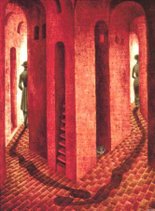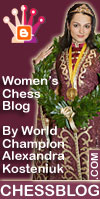Swedish, Norwegian and Danish behave pretty much the same when it comes to grammar. The form of their nouns (definite and indenite in singular and plural) is something that can be difficult for learners.
There are five main ways of forming the plural of nouns in Swedish:
- en blomma (a flower) → två blummor. The majority of nouns in this declension are en-nouns ending in -a. They drop the -a before the plural ending. A few nouns of this group do not end in -a (en rose, en våg, en åder).
- en arm (an arm) → två armar. All nouns belonging to this declension are en-nouns (with the exception of ett finger → två fingrar). All en-nouns ending in -dom and -ing belong to this group.
- en kostym (a suit) → två kostymer. Both en-nouns and ett-nouns are found in this declension. note that many nouns in this group modify their stem-vowel in the plural. Latin words ending in -eum and -ium belong to this group.
- ett äpple (an apple) → två äpplen. The majority of nouns in this declension are ett-nouns ending in a vowel, usually -e.
- ett glas (a glass) → två glas. They have no ending. To shis declension belong ett-nouns ending in a consonant and en-nouns ending in -are, -ande and -ende. note that some common nouns also modify their stem-vowel (en bro(de)r → två bröder, en man → två män).
According to the book Basic Swedish word list, by Martin Samuel Allwood, 12 % of the 1000 most used Swedish words belong to the first declension; 37 %, to the second; 21 %, to the third; 4 %, to the fourth; and 26 %, to the fifth.
All this would be pretty cool if I had already told the whole story.
Nouns ending in unstressed -e, -el, -en and -er drop the -e before the plural endings -or, -ar and -er:
en toffel (a slipper) → två tofflor, en poijke (a boy) → två pijkar, en dotter → två döttar (note here also the change in the stem-vowel), en regel (a rule) → två regler.
Some nouns form their plural with the ending -r only: en händelse (an event) → två händelser, en ko (a cow) → två kor.
As you can see, some nouns change the stem-vowel and some other, beside that change, also double the final consonant.
Yes, it is like Norwegian... but this is not helping!












1 comment:
Absolutely love your website! Very interesting stuff. Nice photo, too! :-)
A couple of very small corrections on your post about the Swedish language. I'm wondering if these represent typos in your original post....?
en blomma (a flower) → två blommor (not blummor).
en pojke (a boy) → två pojkar, en dotter → två döttrar
(not poijke/pijkar, and not döttar)
Post a Comment